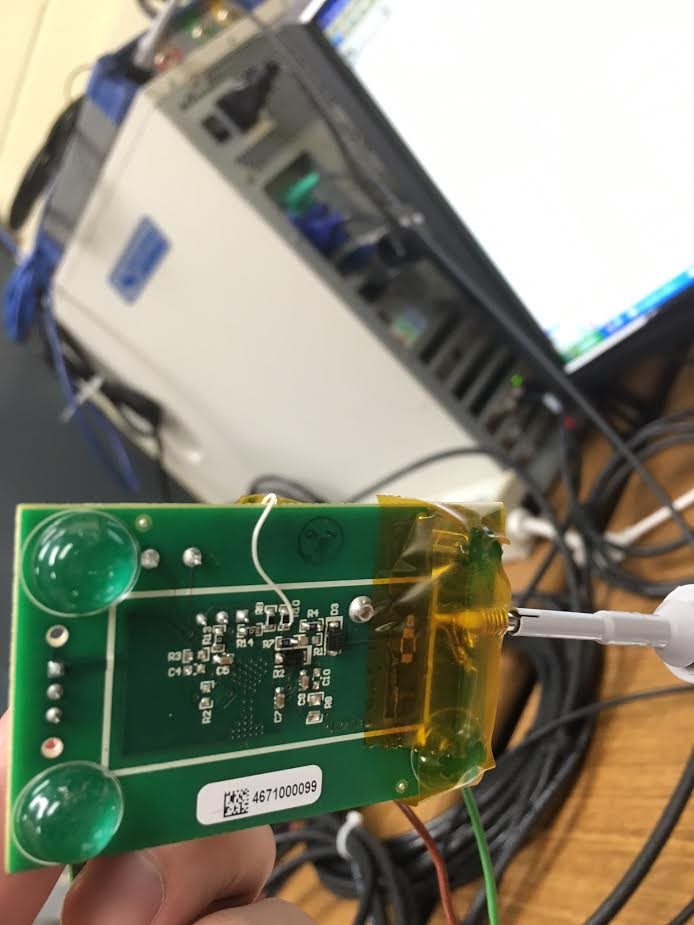Greetings!
I have been evaluating the TPS92515HVEVM-749. I modified the circuit to do Shunt PWM and analog dimming accordingly to datasheet (put diode, resistor, and pot). However, when I did the shunt FET, I could see the oscillation at the very first when signal is being turned on. I thought that I did not charged the coff properly by choosing the recommended value for R_off2 according to the EVM datasheet which is 309k. In this test, I put an external NFET with 0.25mOhm Rds(on) and do the calculation to find the correct R_off2.
Should I put a snubber circuit? Populate (R8 and C10)
Experiment Setup:
Please see the picture that I uploaded:
Thanks,
Yo Shua







